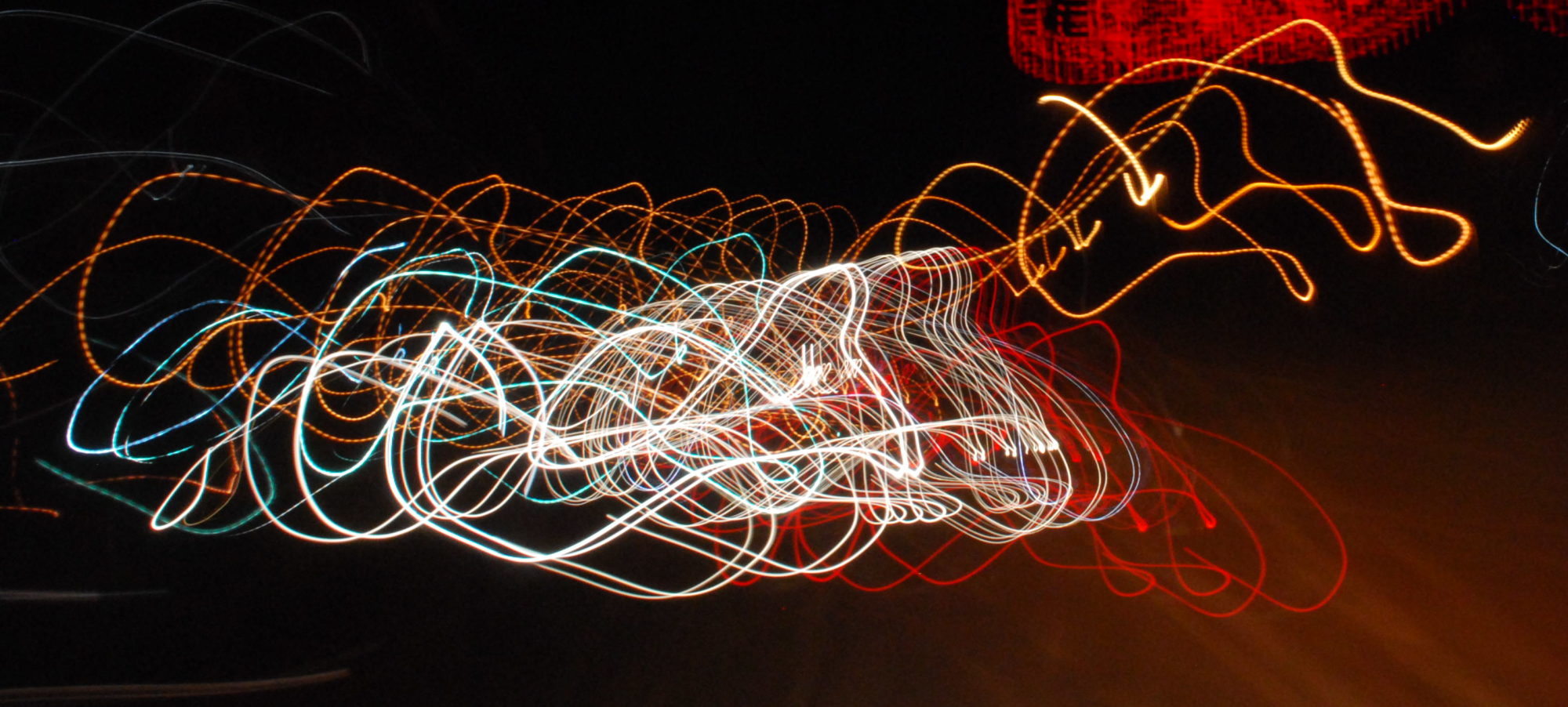When I played it at home, I found that his singing was in tune with my piano, and I improvised a simple accompaniment. I noticed, too, that the first section of the song – 13 bars in length – formed an effective loop which repeated in a slightly unpredictable way. I took the tape loop to Leicester, where I was working in the Fine Art Department, and copied the loop onto a continuous reel of tape, thinking about perhaps adding an orchestrated accompaniment to this. The door of the recording room opened on to one of the large painting studios and I left the tape copying, with the door open, while I went to have a cup of coffee. When I came back I found the normally lively room unnaturally subdued. People were moving about much more slowly than usual and a few were sitting alone, quietly weeping”.
L’idea di Bryars fu allora quella di reiterare quell’unica frase accompagnandola con un crescendo di strumenti. Nacque così questo pezzo eseguito la prima volta nel 1972 e messo su disco per l’etichetta di Brian Eno nel 1975.
Poi nel 1993 Gavin Bryars ricevette una telefonata di Tom Waits che cercava quel vinile ormai introvabile. Quella strana richiesta fu la scintilla che portò alla registrazione ex novo dell’album stavolta esteso a 74 minuti con l’accompagnamento finale dello stesso cantante americano diventato disco dopo disco nume tutelare di tutti i barboni e di tutti gli ubriaconi della Terra.
